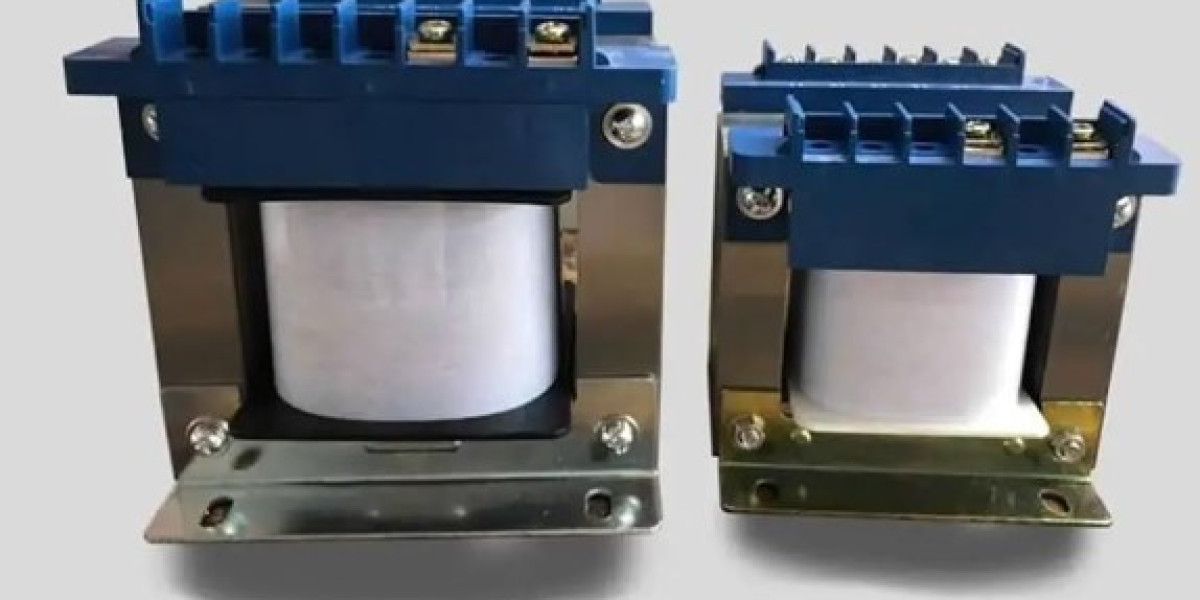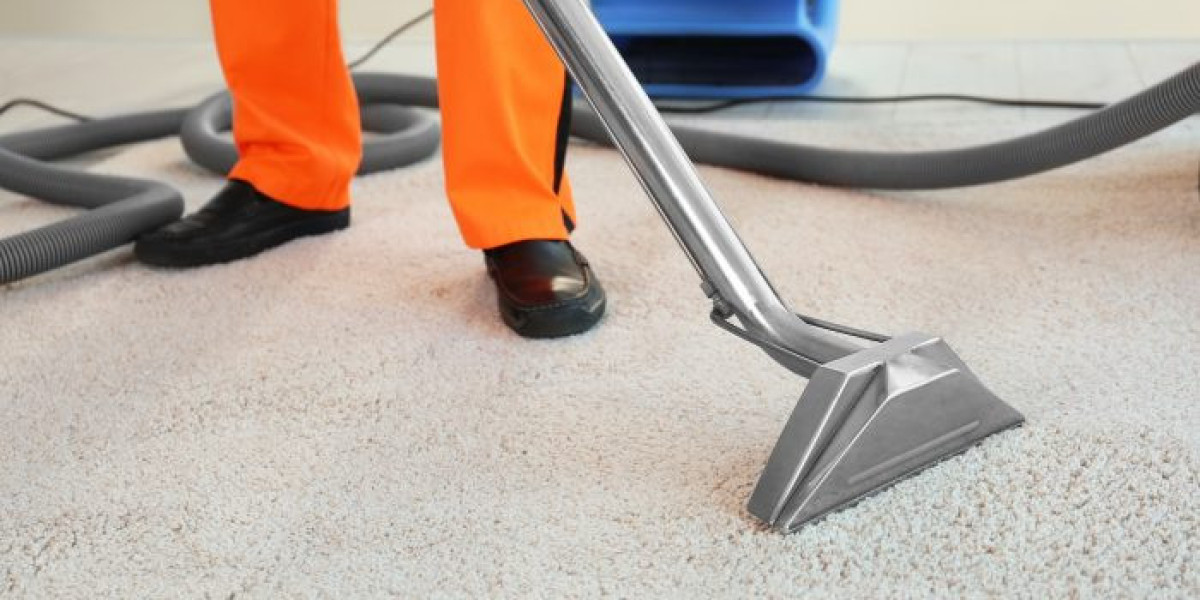For pets that are easily stressed or have sensitive skin, the routine of grooming can be a significant source of anxiety. A negative experience can create a cycle of fear, making future sessions even more challenging for both the animal and the owner. The approach and the tools selected play a crucial role in transforming this necessary task into a more positive interaction. The goal is to find a method that is effective yet exceptionally gentle, minimizing discomfort. For many owners seeking a low-impact solution, a well-designed Pet Hair Remover Comb can serve as a suitable starting point, particularly one with rounded, polished tips that glide through the fur without tugging or scratching the skin.
The initial introduction of any grooming tool should be gradual and paired with positive reinforcement. Allowing a nervous pet to approach and investigate the comb on their own terms, without any pressure to perform, helps build curiosity instead of fear. The first contact should be brief and rewarding, perhaps just a single, gentle stroke along their back followed by a favorite treat or affectionate praise. The environment should be calm and quiet, free from loud noises or other distractions that could heighten their anxiety. Observing the pet's body language is essential; signs of stress like flattened ears, panting, or attempts to move away indicate a need to pause and provide reassurance.
The technique used with the tool is as important as the tool itself. For a sensitive pet, long, slow strokes are often more soothing than short, quick ones. Applying the lightest possible pressure ensures the process feels like a gentle massage rather than a rigorous scraping. Focusing on areas where the pet enjoys being touched, such as the cheeks or the base of the tail, can help build a positive association before moving to more sensitive areas like the belly or hind legs. The primary aim of these early sessions is not to achieve a perfectly groomed coat, but to build a foundation of trust and tolerance.
Patience is the most important virtue when working with an anxious animal. Some sessions may last only a minute or two before the pet shows signs of needing a break. Consistency with these short, positive interactions is far more beneficial than occasional, prolonged struggles. Over time, as the pet begins to associate the comb with calm attention and rewards, their tolerance will likely increase, allowing for longer and more thorough grooming. This journey requires understanding and adaptability from the owner, always prioritizing the emotional state of their companion. For those seeking tools designed with a gentle touch, exploring options such as those available at www.tallfly.net may provide a suitable option for their next grooming session.






